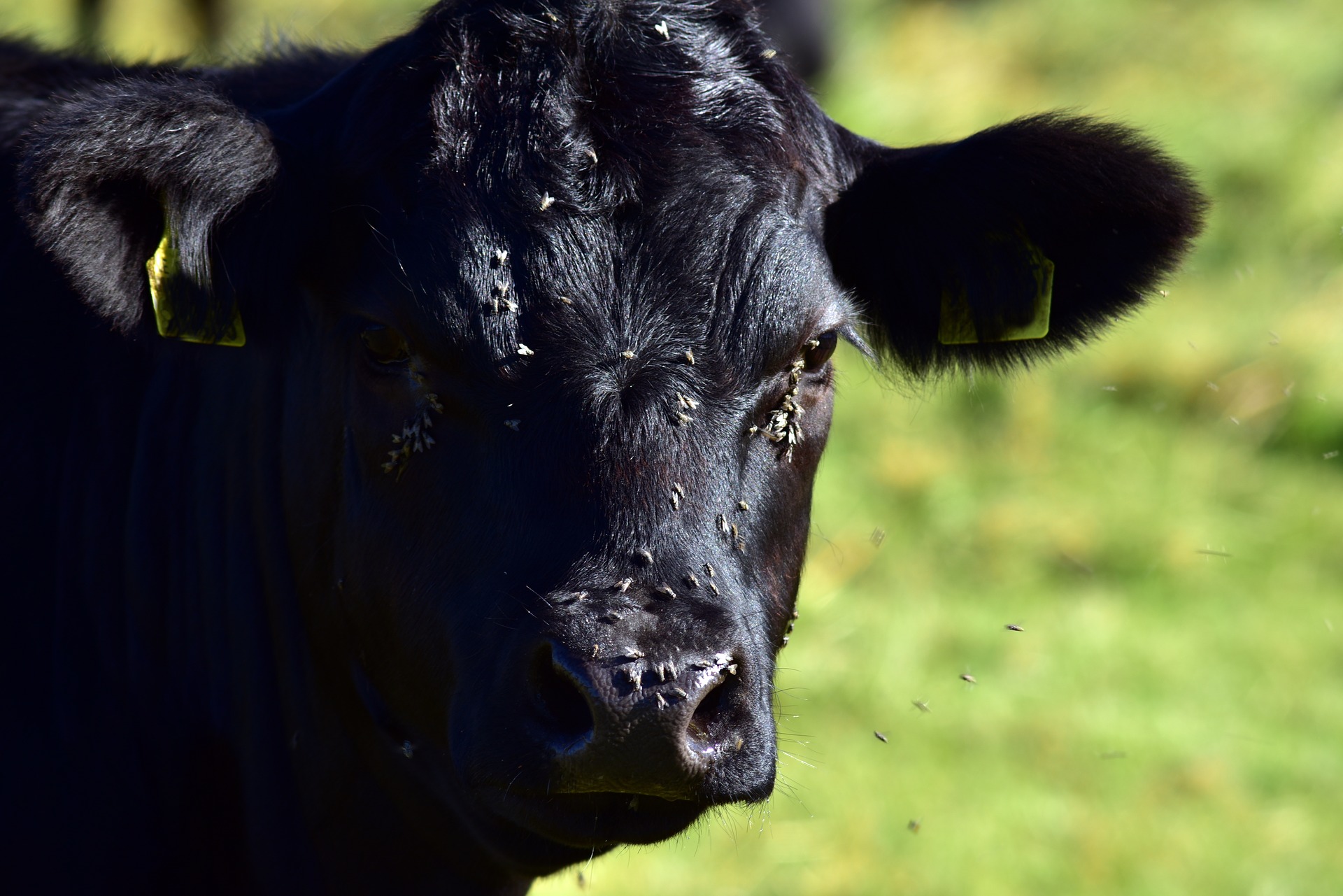
When it comes to pinkeye, an ounce of prevention really is worth a pound of cure.
Pinkeye, as it’s commonly known, is a concern for all cattlemen. Infectious bovine karatoconjunctivitis (IBK) is a more prevalent problem in the spring and summer months but can be present in an infected herd year-round. It is one of the biggest contributors to decreased profits, as cattle that contract it can lose significant amounts of weight and experience other health problems as a result.
What causes pinkeye?
IBK is typically the result of an infection from the highly contagious bacterium Moraxella bovis. Cattle infected with pathogens such as Chlamydia, bovine adenovirus, Mycoplasma spp., bovine herpesvirus I, or Acholeplasma are at a much higher risk of becoming infected with Moraxella bovis. Interestingly, several different strains of the Moraxella bacteria can be present in a single animal, making it even more likely to spread to other animals. It’s important not to confuse IBK with conjunctivitis (often present with infectious bovine rhinotracheitis), as they each require different treatments.
How is it spread?
IBK is most commonly transmitted through flies. Areas that experience high levels of fly infestation see greater numbers of cattle with IBK issues. Flies irritate the delicate tissues of the eye, causing damage that makes it easier for the bacteria to take hold. In addition, they are attracted to the discharge in infected animals and feed off those secretions, then pass the bacteria onto other animals, causing infection in them, too. Other factors that can cause infection are wind, feed chaff, dust, sunlight and facial scratches from tall grass or foliage.
Treating Pink Eye
Pink eye treatment is fairly straightforward. The most effective way to ensure that the infection is fully cleared is to use a long-acting antibiotic approved for use in cattle. Currently, tetracycline drugs such as Draxxin® are the standard go-to. On occasion, a strain of Moraxella is antibiotic-resistant. If an animal does not appear to be recovering, it is wise to have a culture and sensitivity test run by a veterinarian to identify the strain and the best treatments for it.
To aid in healing, a saline rinse can be used to remove discharge and debris. Antibiotic eye ointment and even eye patches can also help protect the damaged eye, giving it an opportunity to heal thoroughly.
Cattle experiencing any sort of infection need proper hydration and nutritional support to overcome their illness. Animals that are not eating and drinking (in the case of pink eye, this is often due to fever and pain) adequately can become depleted quickly. Providing them with high-quality forage and ample fresh water at all times will increase the likelihood that they will eat and drink. Neutralizing rumen acid is key in maintaining a good appetite.
Preventing IBK
There is a number of things that can be done to help prevent the infection and spread of IBK in your herd. These include:
- Developing and implementing an effective fly control program
- Providing shady areas so that cattle can avoid the damaging UV rays from too much sun exposure
- Mowing pastures to a level that will not brush against or stick cattle in the eyes
- Vaccinating against diseases such as IBR, which can predispose cattle to IBK infections
- Keep dust and chaff down in feed bunks and feeding areas
- Use handling techniques that minimize stress
- Provide a rumen neutralizing additive in feed (such as CattlActive) to help keep acidosis from developing
Pink eye doesn’t need to be a problem ANY time of year with the right preventive measures in place. Good feed, fly control and a well-planned environment will help keep your herd IBK-free and thriving.
